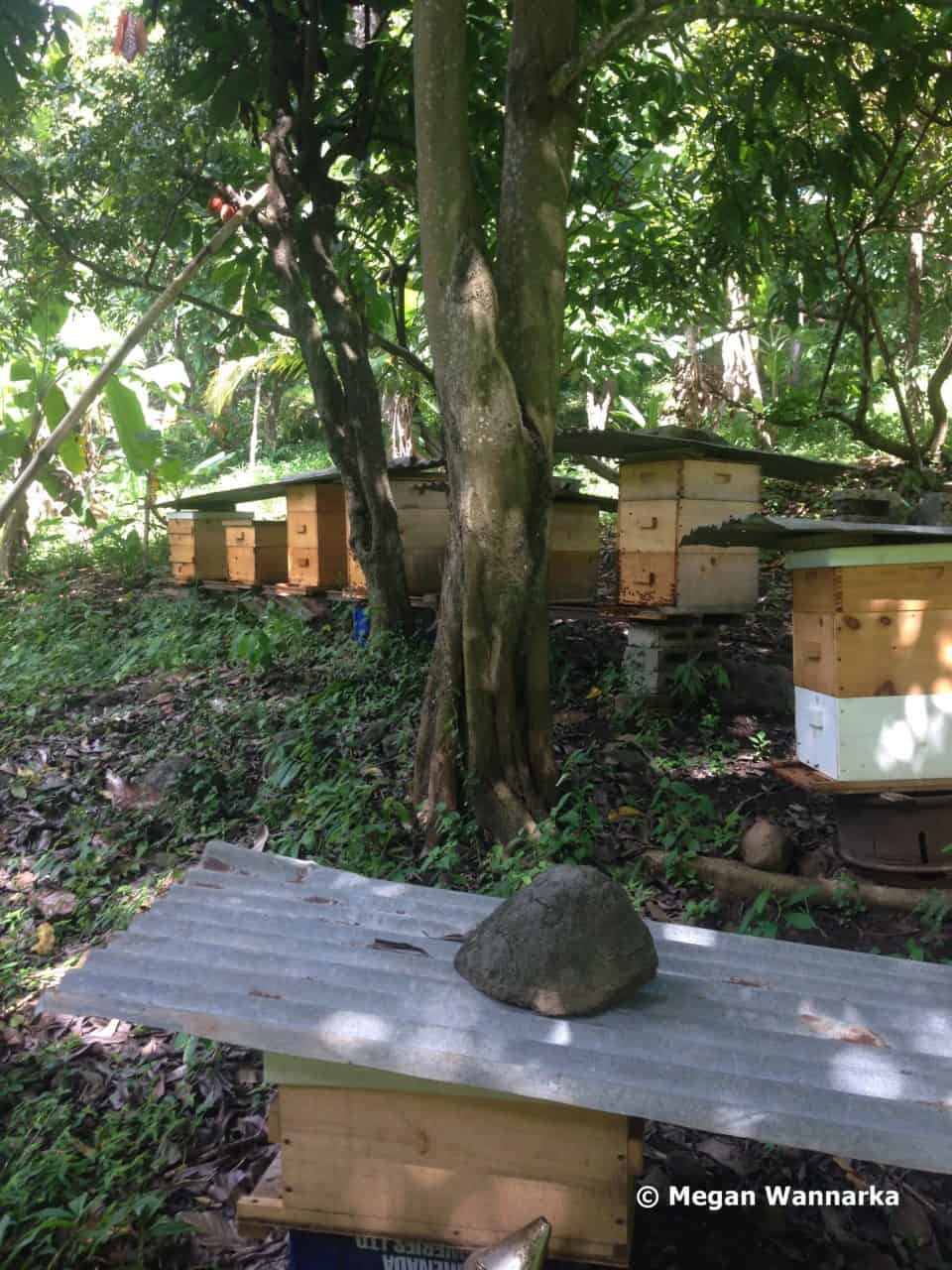As the newest member of the Bee Informed Partnership and Midwest Tech Team, I am learning quickly the ins and outs of the BIP team, sampling techniques, lab diagnostics, and the best part, meeting lots of beekeepers and asking questions.
I have been lucky enough to work 4 races (Italian, A. ligustica; Carniolan, A. carnica; Russian, A. caucasica; and African, A. scutellata respectively) of honey bees in 4 different countries (United States, Senegal, The Gambia, and Grenada, respectively) over the past 6 years. Seeing how commercial beekeepers work at a much larger scale is fascinating to me and from what I have seen so far, I am very impressed.
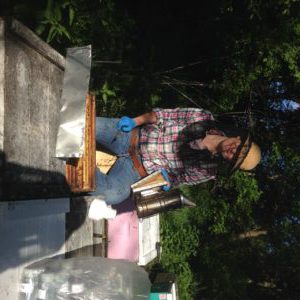
Katie Lee and I are continuing to work primarily in North Dakota and Minnesota with migratory beekeepers as we sample their colonies for Nosema and Varroa as well as perform full colony inspections. I find the nuances and side conversations we have with beekeepers and their workers very interesting. For example, are albino queens possible and have you ever seen one? Due to their color, you would think that they would be much easier seen (and eaten by birds in their mating flight even if the workers even accepted her). Strangely the beekeeper we were working with that day had seen only 1 in his 15 years and as she was a poor layer, they thus replaced her.)
I hope to write about some of these side conversations and nuances as I come across them in my new role. Please feel free to make requests on what you would like to learn more about as well.
In 2009 I apprenticed with a Minnesota beekeeper and some of the work focused on nectar sources and that knowledge helped me later in West Africa, in the Caribbean and now working with beekeepers here in the US. I hope to bring experience in understanding nectar, pollen and propolis sources.
My work in West Africa as a Peace Corps volunteer was engaging and I was lucky to be in a region where it was lush enough to sustain bees and their beekeepers. Main honey fodder was red (Rhizophora mangle) and black mangrove (Laguncularia racemose), citrus (Citrus spp.), eucalyptus (Eucalyptus spp.), mango (Mangifera indica) and cashew (Anacardium occidentale). My favorite varietal in West Africa was tallow (Detarium senegalense).
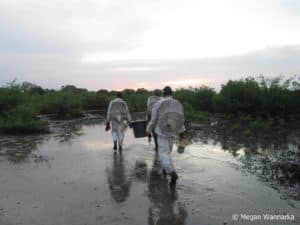
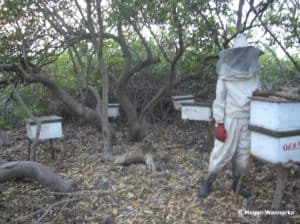
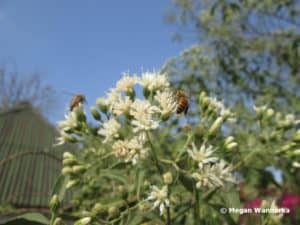

I spent this last year on the island of Grenada in the Eastern Caribbean working with beekeepers. They are highly knowledgeable and creative, as most beekeepers I met are! Having 2 main honey flows on the small island brings in quite of bit of lovely honey mainly from campseche/log wood (Haematoxylum campechianum), Star fruit/carambola (Averrhoa carambola), cashew (Anacardium occidentale), citrus (Citrus spp.), cutlet/fiddlewood (Citharexylum spinosum), sea grape (Coccoloba uvifera), Christophene (Sechium edule) and various plums: Coco/hog plum (Chrysobalanus icaco), Java plum (Spondias mombin), governor plum (Flacourtia ramontchii), and Loquot/Chinese plum (Eriobotrya japonica)
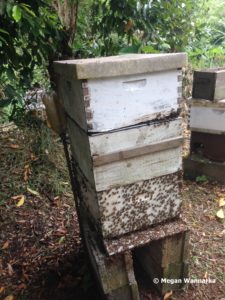
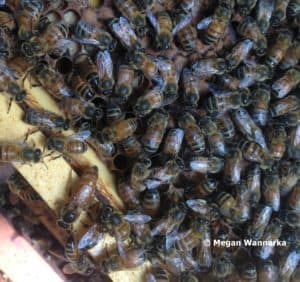
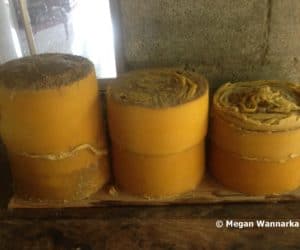
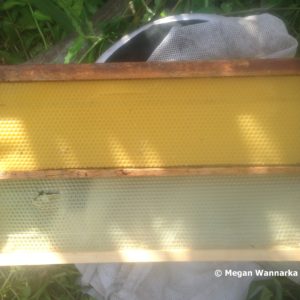
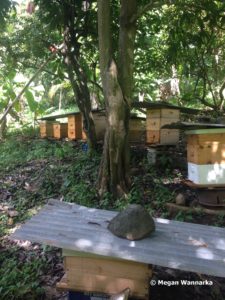
I am looking forward to meeting as many of you as possible, learning more about how beekeepers are doing and hope we all have a productive year!
